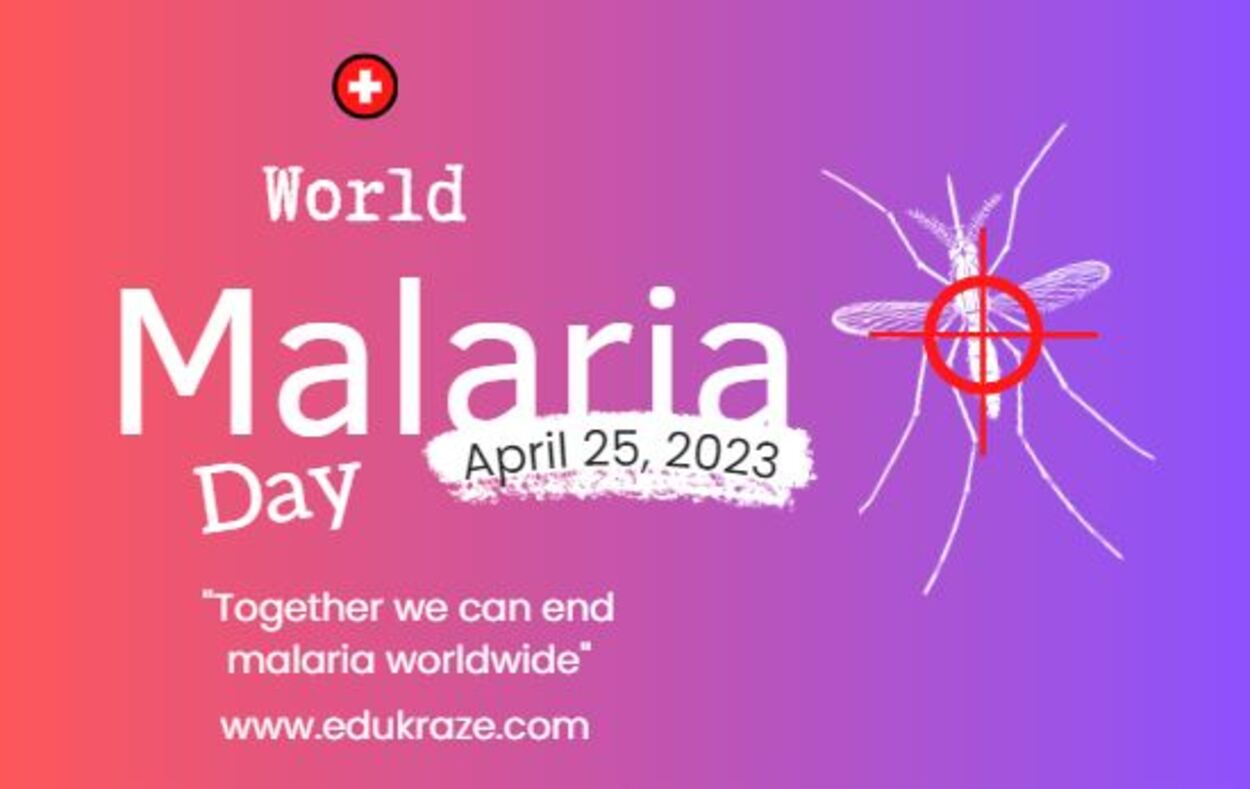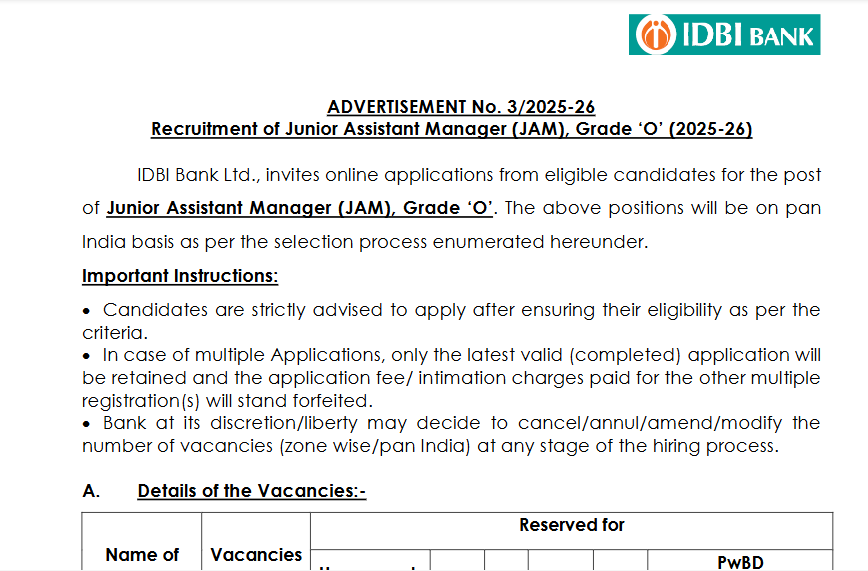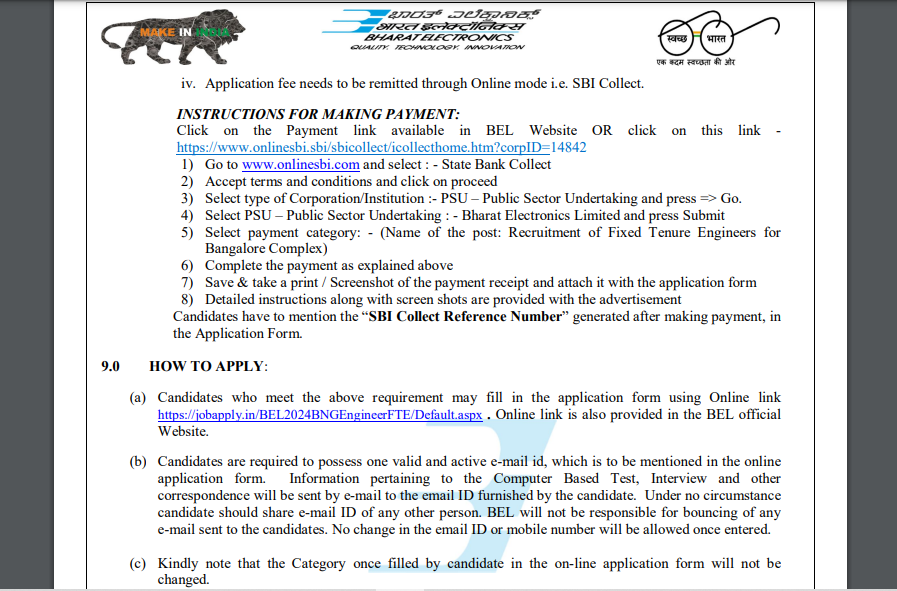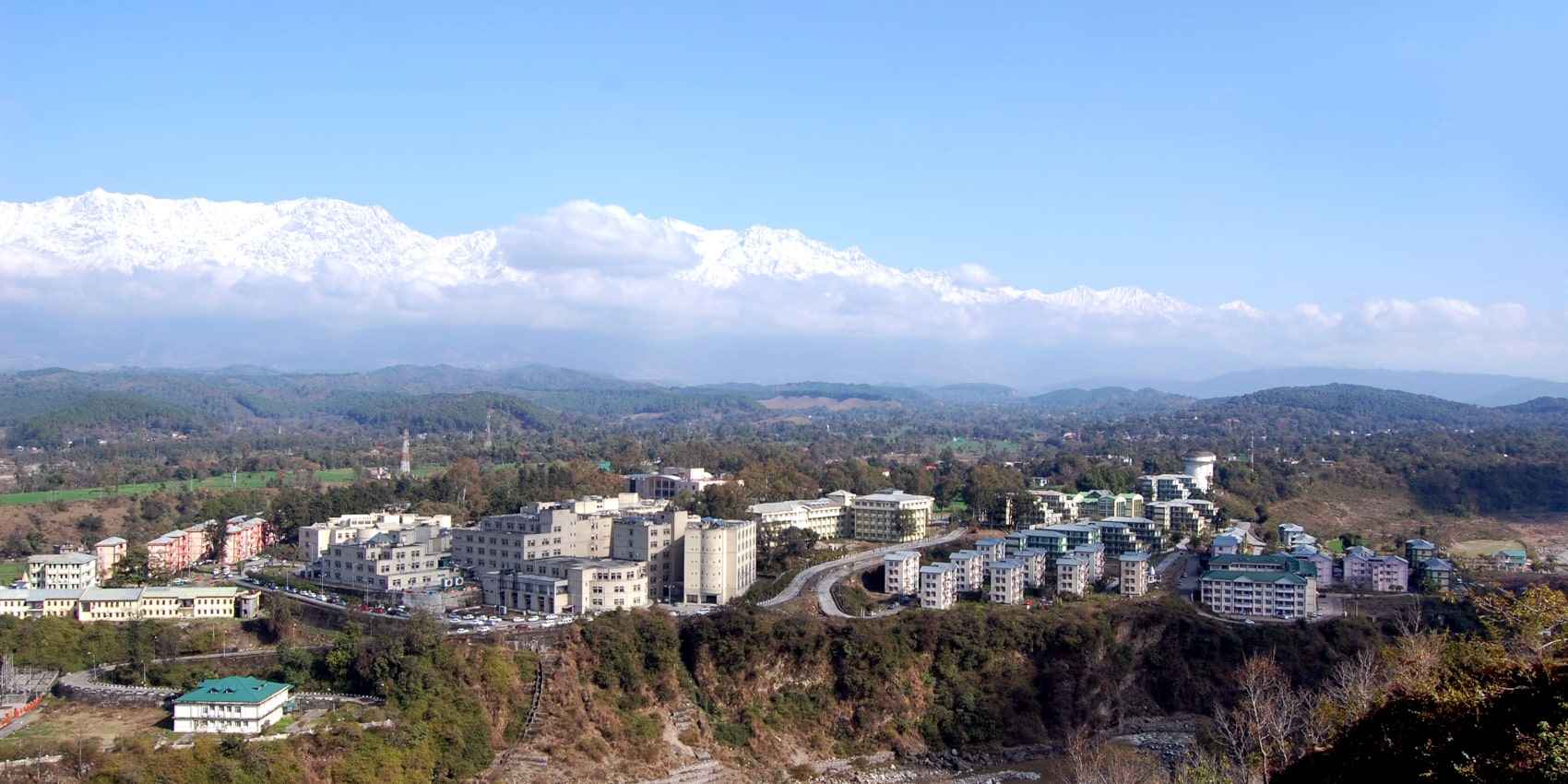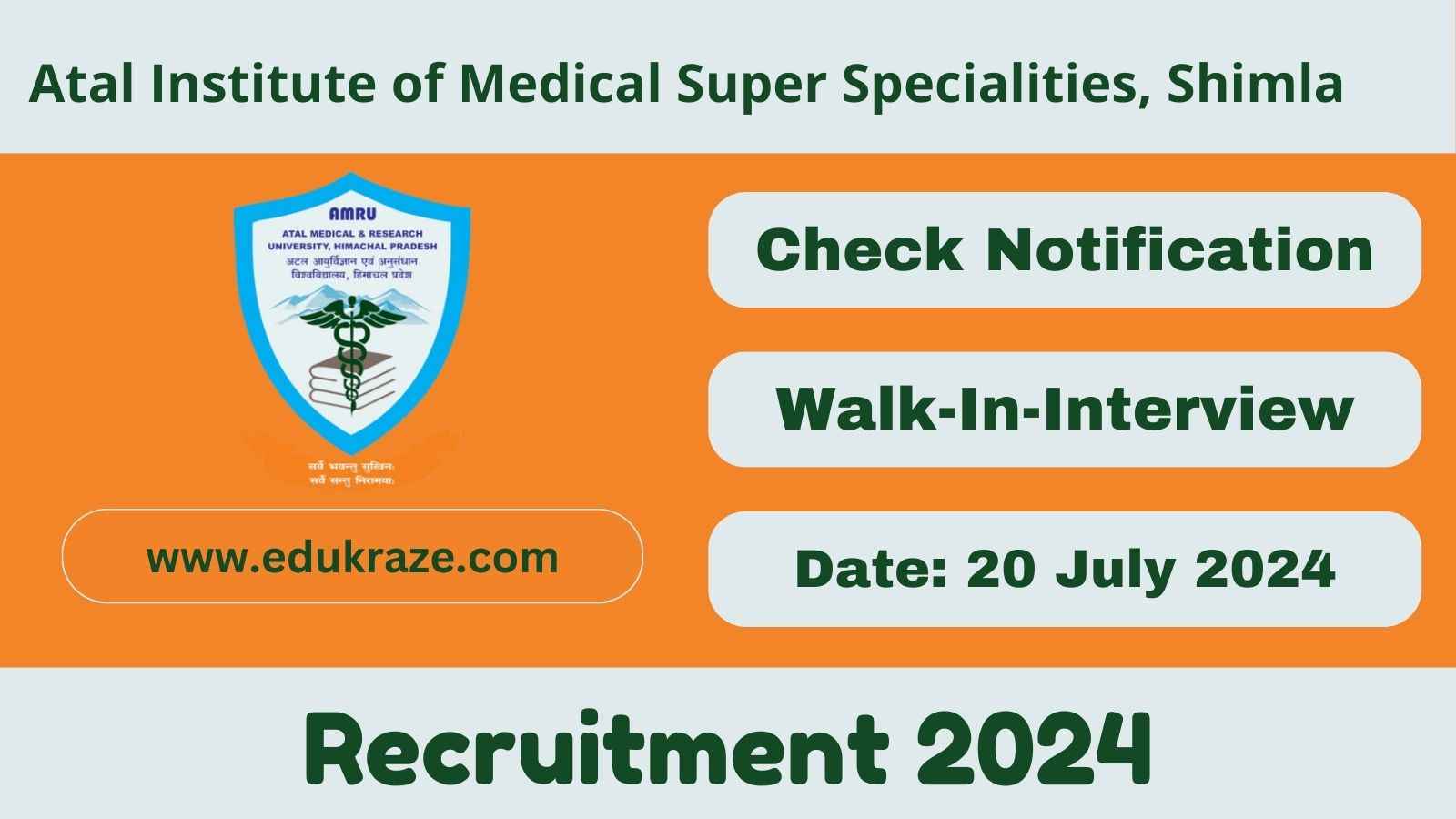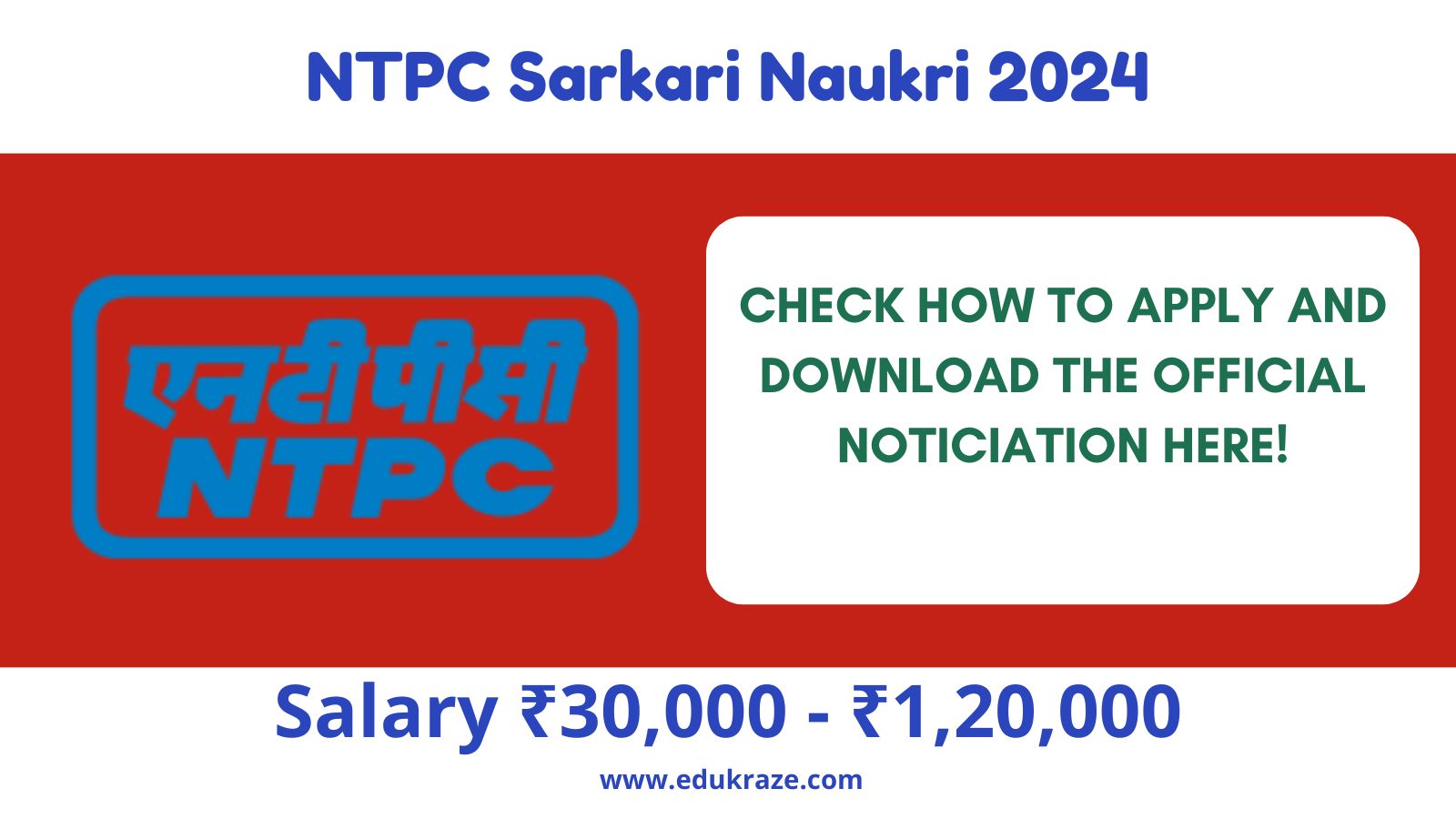Malaria is a life-threatening disease caused by a mosquito-borne parasite that infects millions of people worldwide, especially in tropical and sub-tropical regions. World Malaria Day is an annual event observed on April 25th to spread awareness about the disease and advocate for its prevention, diagnosis, and treatment. This article covers the significance of World Malaria Day, the current year’s theme, the challenges faced, preventive measures, and natural remedies for it.
Table of Contents
1. Introduction
Malaria is a serious public health concern that affects millions of people worldwide. According to the World Health Organization (WHO), there were an estimated 229 million cases of malaria worldwide in 2019, with 94% of these cases reported in the WHO African Region. Malaria is caused by the Plasmodium parasite and transmitted through the bites of infected female Anopheles mosquitoes. The disease can cause fever, chills, flu-like symptoms, anemia, and, in severe cases, death.
2. World Malaria Day 2023 Celebrations
World Malaria Day is observed on April 25th every year to create awareness and support for malaria control and prevention. This year, the focus is on “Time to deliver zero malaria: invest, innovate, implement,” as decided by the United Nations agency, WHO. The campaign aims to urge countries to accelerate the implementation of existing tools and strategies, especially in hard-to-reach areas across the Western Pacific.
3. World Malaria Day 2023 Theme
The current year’s theme is “Time to deliver zero malaria: invest, innovate, implement.” The theme highlights the urgent need to implement effective tools and strategies to eliminate it in areas where it is most prevalent. This year’s campaign focuses on the Western Pacific region, which faces continuous challenges regarding its elimination.
4. Challenges Faced
The Western Pacific region faces several challenges in eliminating it. The disease is often found in remote areas or among highly unapproachable populations, making it difficult to control. According to WHO, about 90% cases are reported annually in Africa, and 70% deaths have been reported in areas where treatment is delayed. Other major difficulties include reaching methods in remote populations located in Papua New Guinea and the Solomon Islands.
WHO is working with countries and areas in the specific region to develop and implement strong strategies like fever screening and treatment, targeted drug administration, and rapid response to all malaria cases.
5. Determinants
Several factors contribute to its infection, including the season, age, geographical area, socio-economic status like poverty or poor living conditions, and environmental changes.
6. Symptoms
The symptoms of malaria are not specific and can mimic other diseases, making it difficult to diagnose. However, some of the most common symptoms of malaria include cold, fever, headache, diarrhea, vomiting, or distaste, abdominal pain, muscle/joint/body pain, fatigue, and dry cough.
7. Natural Remedies
Some natural herbs and remedies can help alleviate symptoms, but they should not be used as a substitute for medical treatment. These remedies can be used in conjunction with prescribed medications to provide additional relief from symptoms. Some commonly used natural remedies for malaria include:
- Artemisinin: Artemisinin is a compound derived from the sweet wormwood plant. It has been used for centuries in traditional Chinese medicine to treat fevers. Artemisinin is now used in combination with other antimalarial drugs as a first-line treatment for malaria in many countries.
- Ginger: Ginger has anti-inflammatory and analgesic properties that can help relieve the joint pain and inflammation associated with malaria. Ginger can be consumed in tea or capsule form.
- Turmeric: Turmeric is another natural anti-inflammatory that can help reduce joint pain and inflammation. Turmeric can be consumed in food or in capsule form.
- Neem: Neem is a plant native to India that has been used for centuries in traditional medicine to treat a variety of ailments, including malaria. Neem leaves can be chewed or made into a tea to help alleviate malaria symptoms.
8. Antimalarial Drugs
Antimalarial drugs are used to treat and prevent it. There are several different types of antimalarial drugs, and the choice of drug depends on factors such as the type of malaria, the severity of the infection, and the age and health of the patient. Some common antimalarial drugs include chloroquine, mefloquine, atovaquone-proguanil, and artemisinin-based combination therapies (ACTs). However, the widespread use of some of these drugs has led to drug-resistant strains of malaria, which can make treatment more challenging.
9. Prevention
Prevention is key. Travelers to areas where malaria is common should take steps to avoid mosquito bites, such as using mosquito nets, wearing protective clothing, and using insect repellent. Additionally, some antimalarial drugs can be taken before, during, and after travel to areas with malaria to prevent infection.
10. Conclusion
IT is a serious and sometimes fatal disease that is spread by infected mosquitoes. While there are effective treatments for malaria, prevention is the best approach. Travelers to areas with malaria should take steps to avoid mosquito bites and consider taking antimalarial drugs. If you develop symptoms , seek medical attention immediately.
11. FAQ
Q: Is it contagious? A: No, it is not contagious and cannot be spread from person to person.
Q: Can it be cured? A: Yes, malaria can be cured with antimalarial drugs.
Q: How is this disease diagnosed? A: IT is diagnosed through blood tests that look for the presence of the malaria parasite in the blood.
Q: Can you get this disease in the United States? A: While it is not common in the United States, it is still possible to get the disease if you travel to areas where malaria is present.
Q: What are the symptoms? A: The symptoms include fever, chills, headache, muscle aches, and fatigue. In more severe cases, it can cause organ failure and death.
Do Follow us on Facebook and For More Updates on Competitive Exams Checkout our Website
